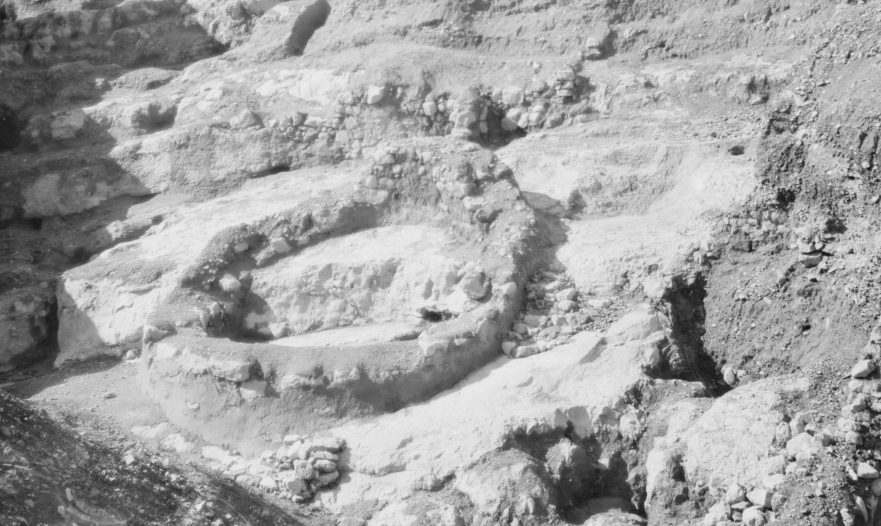Did ancient Judaism teach that personal misfortune was proof of sin?
Joseph’s Silence
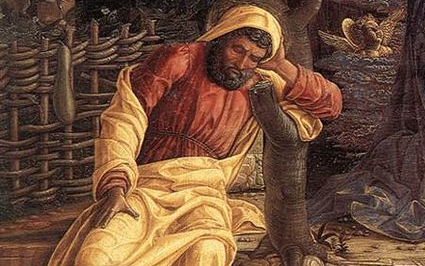
Scripture does not record a single word Joseph ever spoke. But Joseph’s example of quiet faithfulness encouraged others to trust God.
Gospel Postcard: The Garden of Gethsemane
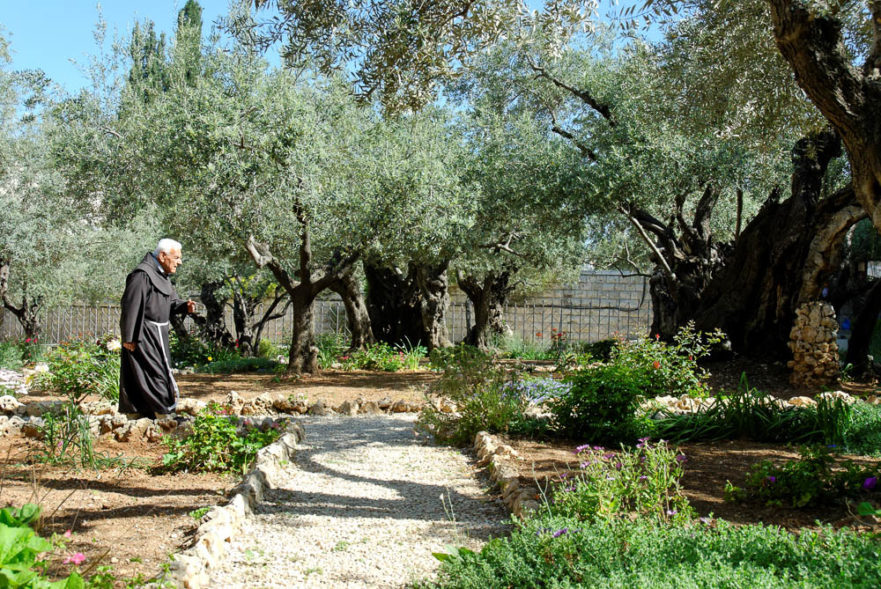
The traditional location of the Garden of Gethsemane is on the lower slopes of the Mount of Olives opposite the Temple Mount and its Golden Gate.
LOY Excursus: Sources of the “Strings of Pearls” in Luke’s Gospel
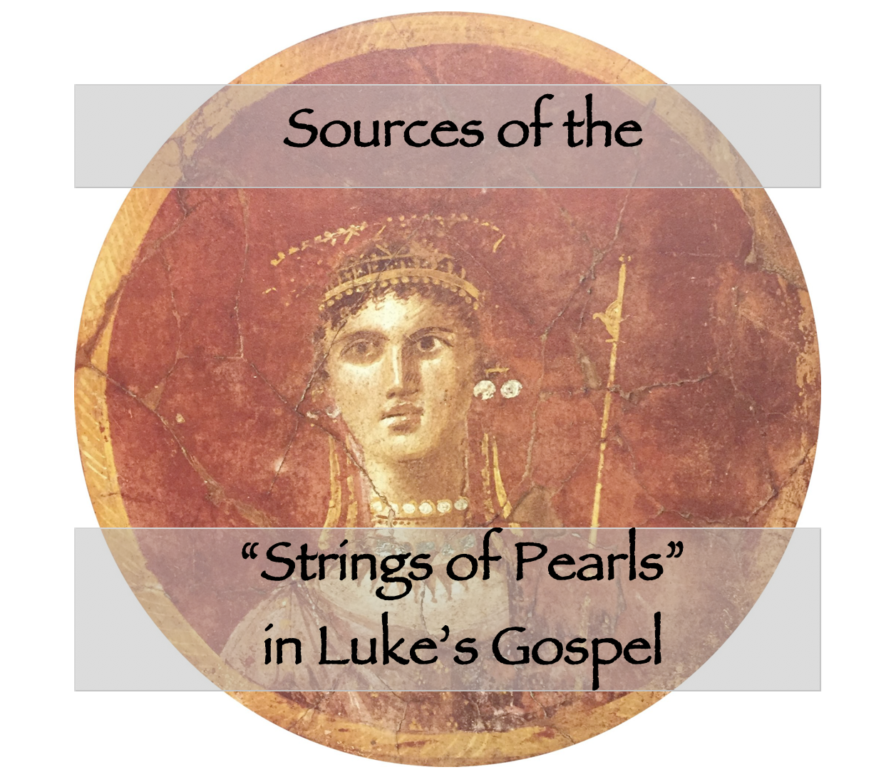
The “strings of pearls” (Luke 8:16-18; 9:23-27; 16:16-18; 17:1-6) offer an example of the outsized influence of the First Reconstruction on the synoptic tradition.
Three Synoptic Studies Resources Now Free
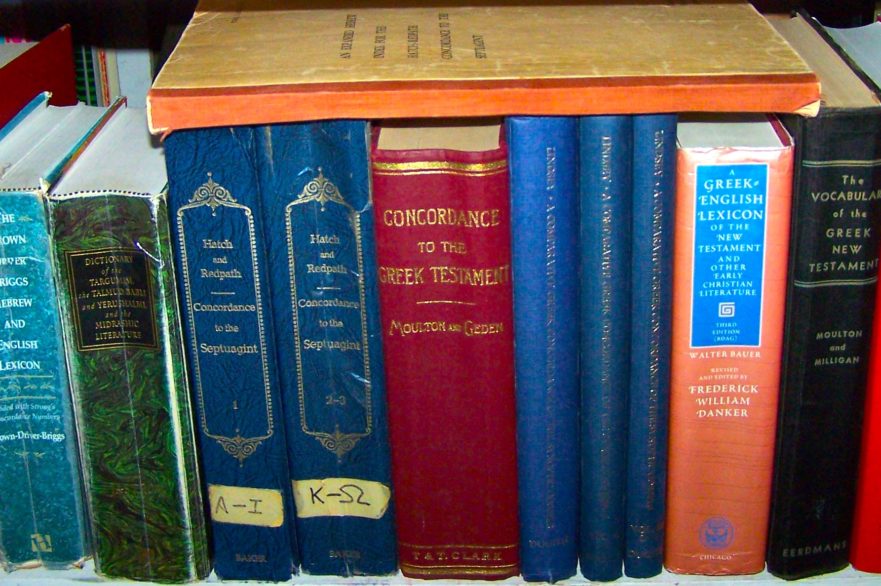
Jerusalem Perspective has made three foundational resources for the study of the Synoptic Gospels freely available to the public via the Internet Archive.
Cumulative Life of Yeshua Greek Reconstructions
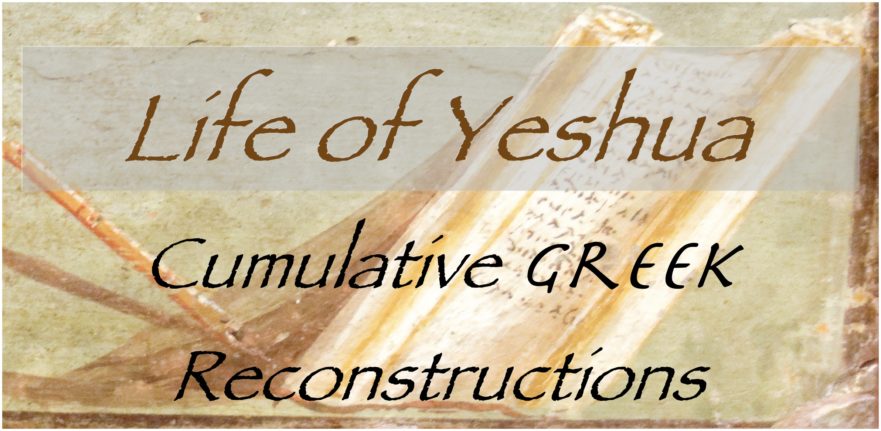
The reconstructed Greek text of the Anthology (thus far completed) with accompanying English translation.
“Power of Faith” complex

By reuniting Quieting a Storm with Faith Like a Mustard Seed, we have a more complete episode in the life of Jesus.
“Yeshua’s Selectivity in Accepting Disciples” complex
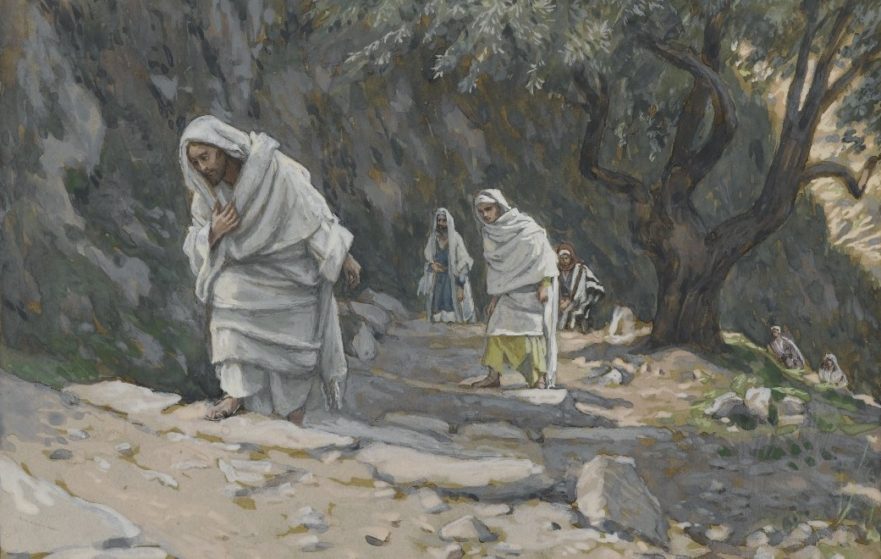
Whereas Jesus’ Kingdom message was for everyone, the calling to full-time discipleship could be answered only by a few.

